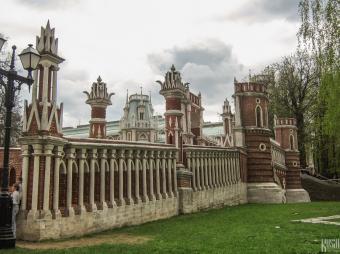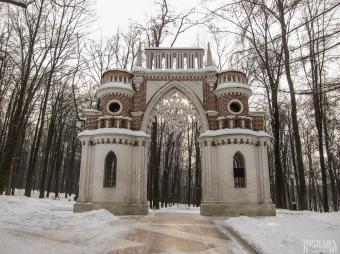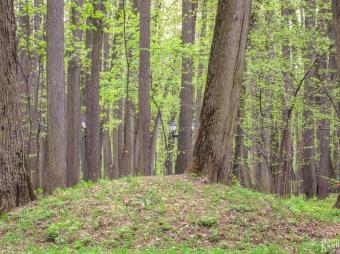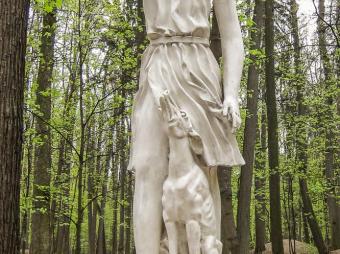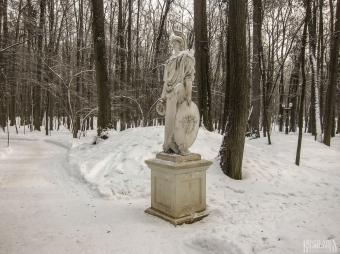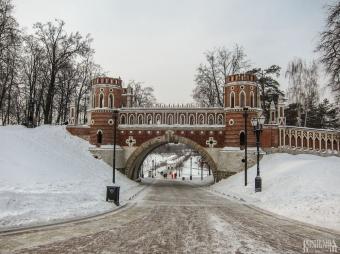Around Orekhovo Metro Station
Tsaritsyno Estate

Tsaritsyno Estate's rich and interesting history goes back to the early 17th century when it was known as Chyornaya Gryaz (Black Mud) and at one point belonged to Boris Godunov's sister - Tsaritsa Irina Fyodorovna. Under Peter the Great the land was given to Prince Dmitrie Cantemir of Moldova, who subsequently developed it as an estate.
In 1775 Empress Catherine the Great visited the estate and was so taken with it that she decided to buy it. Catherine renamed the estate Tsaritsyno (meaning belonging to the Tsaritsa) and had architect Vasily Bazhenov develop it in the gothic style. After a whole series of financial troubles, Bazhenov eventually finished the project, only for the empress to have the centrepiece Grand Palace demolished in 1785. It is not sure what displeased the empress, one theory is that Bazhenov's links with the Freemasons were to blame. In 1786 work on a new palace was started with architect Matvey Kazakov overseeing the project. However Russia's war with the Ottoman Empire and then Catherine's death in 1796 mean that the project was left abandoned.
Over the next two centuries the incomplete palace and surrounding buildings were allowed to fall into disrepair. Only in the 1980s was a decision taken to preserve the estate and in 1984 the estate became a museum. In 2005 then-Moscow mayor Yuri Luzhkov decided to go a step further and to 'restore' the Grand Palace, although many people could not understand how you could restore a building that was never completed. Nevertheless by 2007 the construction work on the Grand Palace was completed, just over 200 years after it began. Today the estate is one of the most popular in Moscow. Entrance to the territory of the estate is free of charge and there is free admission to its museums and exhibitions of the third Sunday of the month.
Central Gates and Main Pond
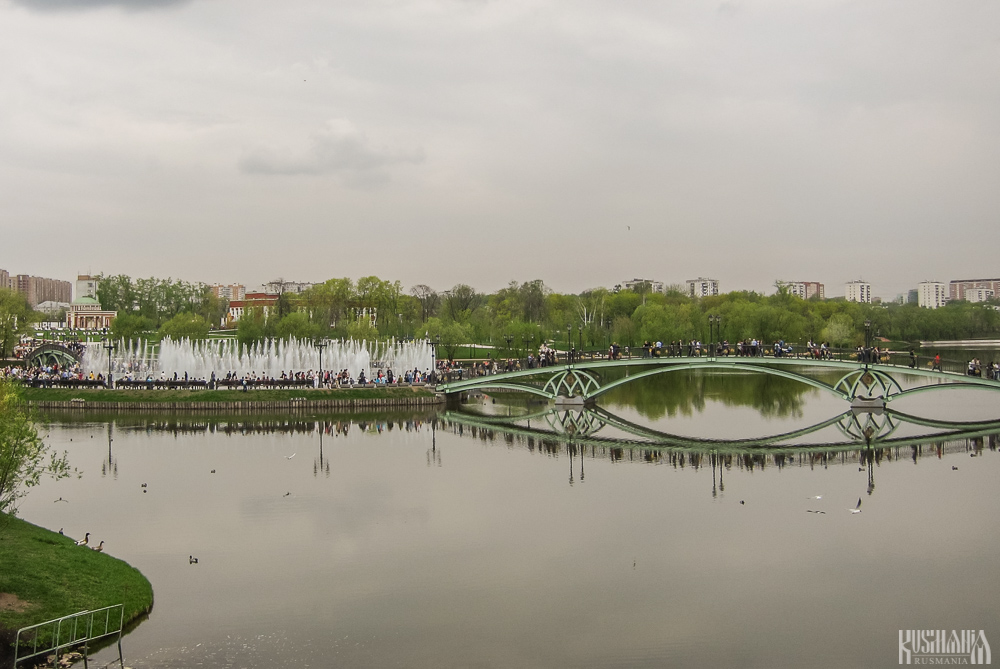
If entering the estate from the Central Gates closest to Tsaritsyno metro station, you will see immediately to your right the estate's visit-centre, where you can arrange an excursion. Further is the estate's pond which has a musical fountain in the centre.
Grand Palace
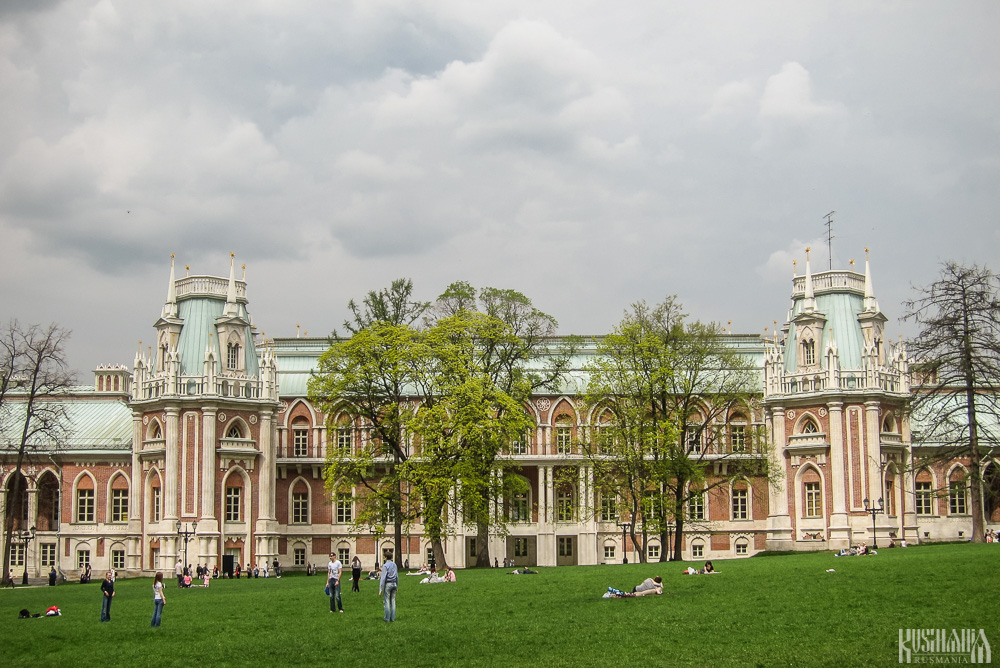
The main palace complex is on the other side of the pond and its centrepiece is the Grand Palace which was reconstructed on the orders of Major Luzhkov between 2005 and 2007. The palace holds various exhibitions dedicated to the history of the estate, the reign of Catherine the Great, silverware, 17th and 18th century Western European tapestries, and more modern Soviet tapestries. Temporary exhibits are also held here.
Bread House
Next to the Grand Palace is the Kitchen Corpus which is better known as the Bread House due to its shape and function. It was originally built between 1784 and 1785 according to a plan by Vasily Bazhenov. During the Soviet era it was used for communal flats and only restored between 2005 and 2007. Today it holds a permanent exhibit on Soviet art as well as temporary exhibits.
Other Palaces
Surrounding the Grand Palace and Bread House are the Small Palace, the Opera House Middle Palace, the First Cavalier Corpus, the Second Cavalier Corpus and the Third Cavalier Corpus, all of which were originally built as part of Bazhenov's plan for the estate and recently restored on the orders of Major Luzhkov.
Life-Giving Spring Icon Church
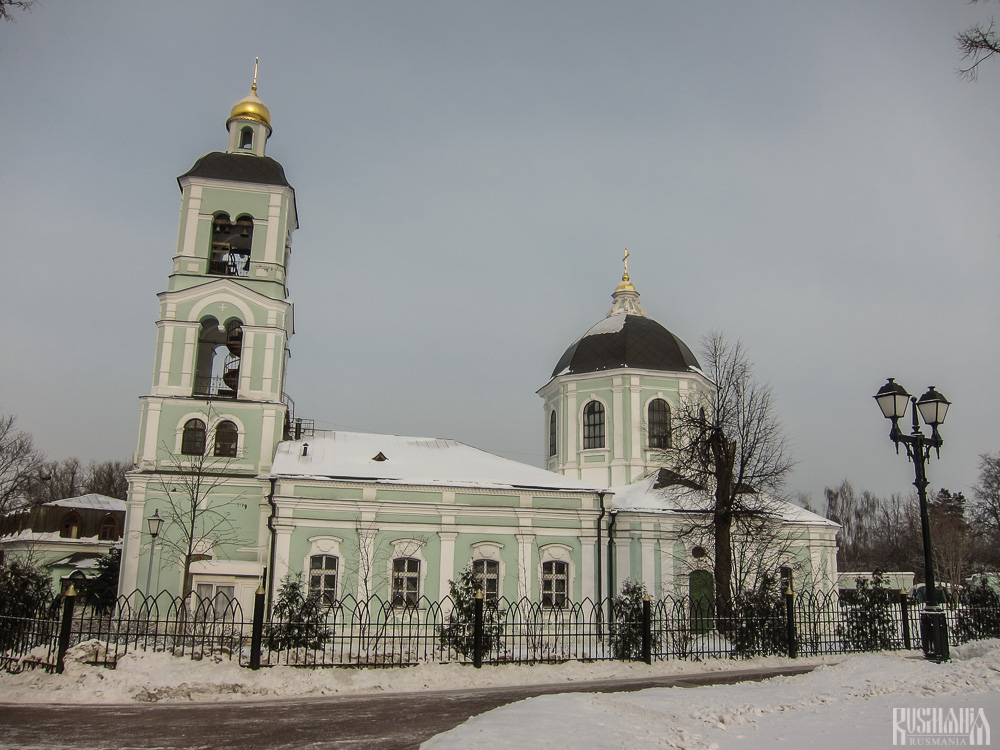
Also nearby is the estate's church - the Life-Giving Spring Icon Church, which was built in 1722 in the baroque style on the orders of Prince Dmitrie Cantemir replacing an earlier wooden version. The church was later added to between 1759 and 1765 by Prince Dmitrie's son. Between 1883 and 1883 a vestibule and a bell tower were built on. In the 1930s the church was closed, it was only reopened in 1998.
Orangeries
Next to the palace complex across the Orangery Bridge are the four complexes of the Orangeries which were built in the first half of the 19th century. They were built for the growing of oranges, tomatoes, peaches, grapes, pineapples, watermelons, apricots and olives. However by 1860 the Orangeries had run out of funding and were closed. They were restored in 2008 and are now run as a museum.
Park
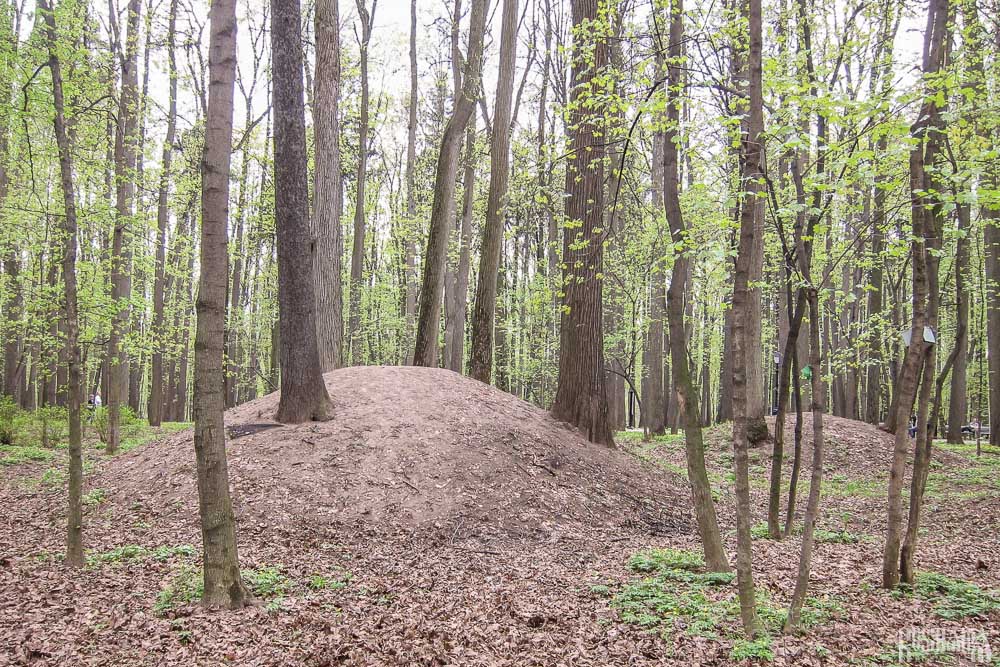
Behind the Orangeries and the palace complex are the estate's parks which include several decorative features such as the Milovida Pavilion, Tower Ruins, the Arch on the Island, Ceres' Temple, the Large and Small Gothic Bridges and the Nerastankino Pavilion. Most of these features date from the early 19th century and were restored in the first decade of the 21st century. Also to be found in the park are some burial mounds of the Vyatichi tribe which date from the 11th and 12th centuries and some modern recreations of statues of Roman gods.
| Location | Novotsaritsynskoe Shosse |
|---|---|
| Metro | Tsaritsyno, Orekhovo |
| Website | http://www.tsaritsyno.net/ |
| Clock | Exhibitions: 10:00 - 18:00 (Thursdays: 11:00 - 20:00; Weekends: 11:00 - 19:00). Closed on Mondays. |

